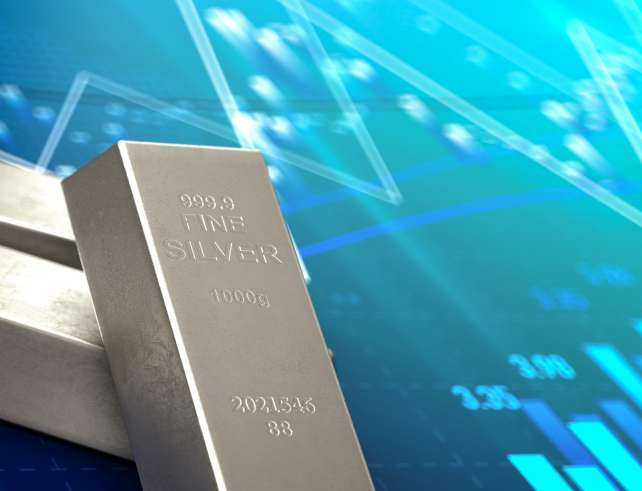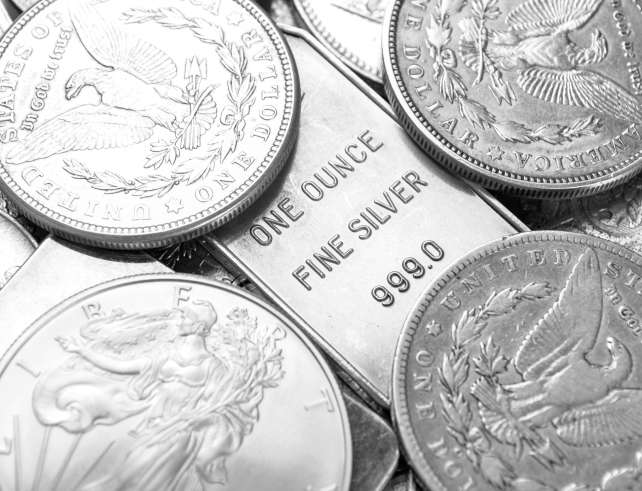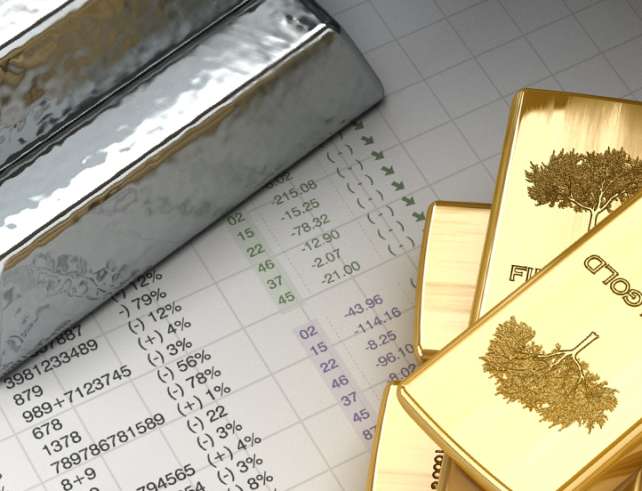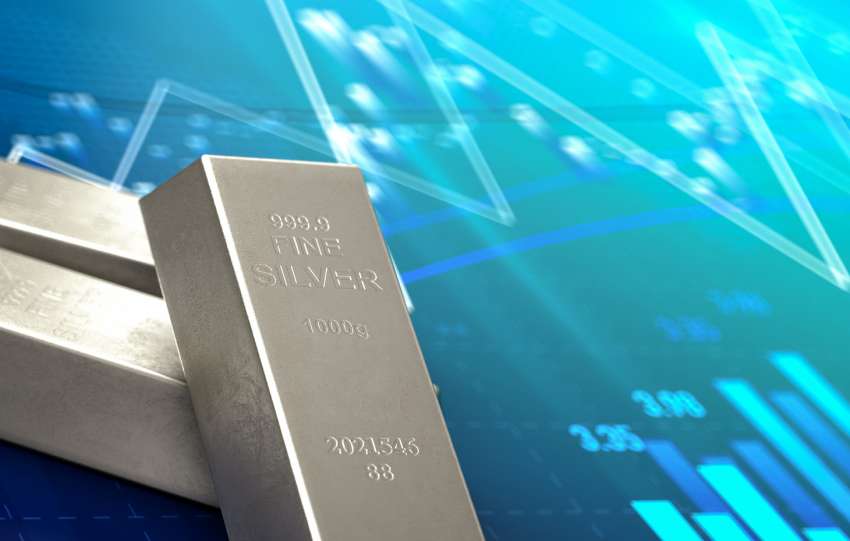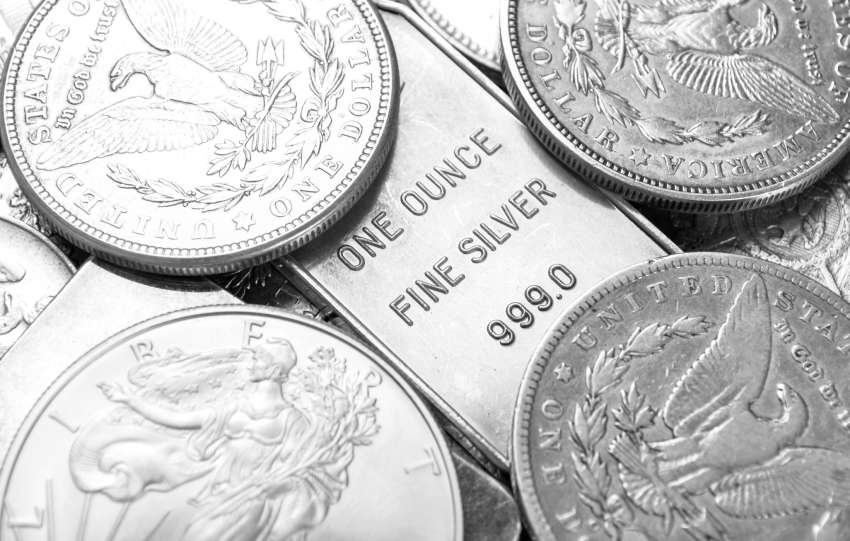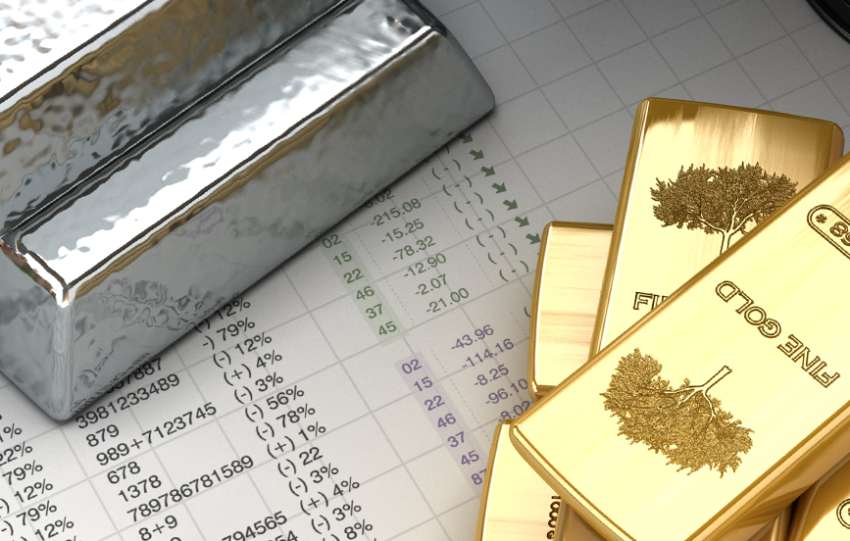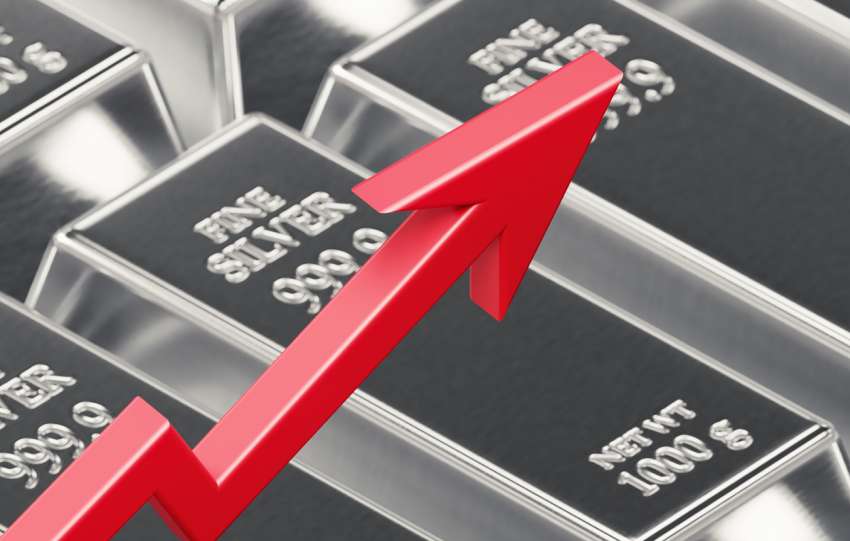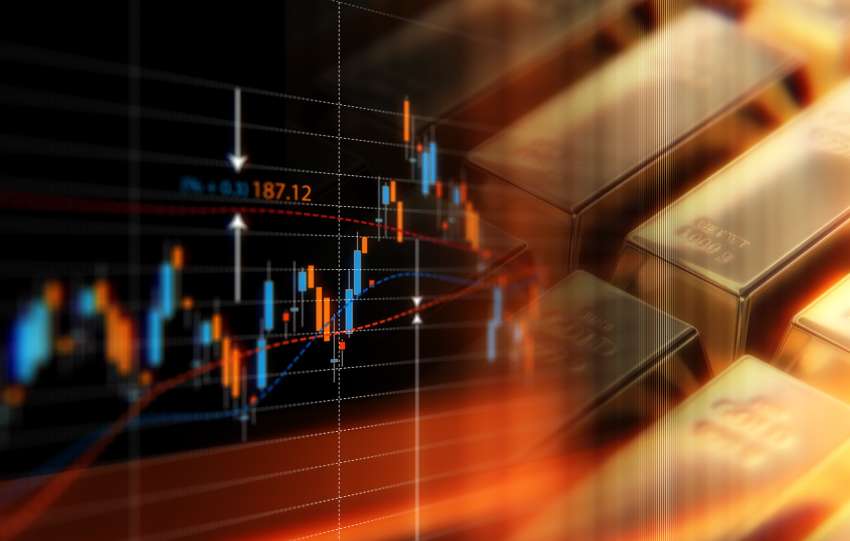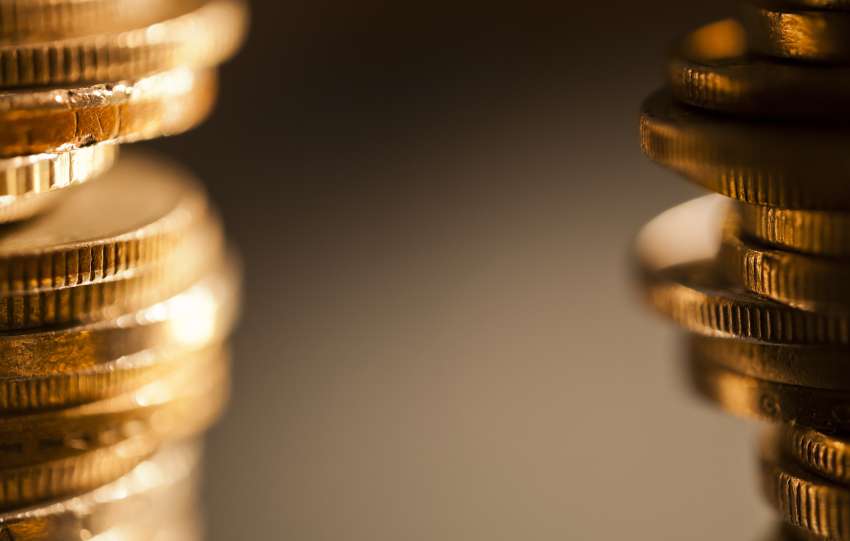People invest in coins and currency in a variety of ways. Sometimes, this means purchasing items that hold far more value than their precious metal content. This is typically the case when people buy ancient silver coins, and for those individuals, the added premium is worth it.
The mere history behind this coinage is enough to excite most people. Imagine holding a coin that could’ve been in the pouch of a senator who assassinated Julius Caesar. Think about owning a silver piece that was once traded for grains from a Pompeii farmer.
The possibilities are endless, but they’re always extremely interesting. Unfortunately, many ancient silver coins are out of most people’s price range. Because of that fact, this guide will also share a few silver coins from the modern world that hold a significant place in history as well.
5 Amazing Ancient Silver Coins
Unlike many gold coins from the ancient world, their silver counterparts are typically available for a few hundred dollars. Of course, these are often the most common coins available. With the historic pieces we discuss below, however, you won’t likely find them at a discount.
1. Silver Lydian Lion
Before King Croesus began producing pure silver and gold coins around 550 BC, most coinage produced came from an alloy called Electrum. This contains both gold and silver. Most experts believe the Lydian Lion is the oldest coinage in the world, and its alloy certainly qualifies it as an ancient silver coin.
Even though it may only technically be partially silver, the Lydian Lion is still a historic piece. It stands out as both the world’s first coin and its first coin containing the white precious metal. Among Lydian currencies, this was the most common denomination when minted around 600 BC.
The price of the Lydian Lion can climb into the thousands of dollars. This might seem like a bargain for the world’s first coin, but the fact is that there are far scarcer coins out there.
2. Silver Dekadrachm of Athens
Struck sometime between 467 and 465 BC, the silver Dekadrachm of Athens has the distinction of being one of the most expensive ancient silver coins. One specimen sold at a 2010 auction for over $850,000. The coin features the goddess Athena on the obverse.
The reverse has an owl that’s eerily reminiscent of Bubo from Clash of the Titans. Of course, Bubo was likely created with this very image in mind. This coin was one of the largest mints of the time — weighing in at 42.5 grams. This actually made hand-hammer minting difficult.
For all these reasons, experts widely view the Silver Dekadrachm as one of the greatest ancient coins in the world.
3. Syracuse Tetradrachm of Kimon
Sicily reached the apex of coin die engraving during the 5th century BC, and this resulted in some of the most beautiful coinage in history. The Syracuse Tetradrachm of Kimon is a prime example. It features the nymph Arethusa and a horse-drawn chariot flanked by the goddess Nike.
In 2014, one of these ancient silver coins sold for over $3 million. This easily makes it one of the most expensive currency examples from the ancient world. In fact, it likely still holds the record for the most expensive ancient Greek coin ever sold.
Minting dates of this tetradrachm were around 400 BC, so it’s hardly the oldest coin on this list. Thanks to its rarity, however, your best chance of viewing this item is at the museum. That is unless you’ve got $3 million lying around.
4. Ionian Hemiobols
Once situated along the modern-day coast of Turkey, Cyme was a city very much like Lydia (e.g., home to the world’s first coinage). Perhaps this was due to their close proximity to the historic city. This might also explain why the Ionian Hemiobol is history’s second oldest coin.
Minted between 600 and 550 BCE, this ancient silver coinage helped introduce the idea of market economics to the world. That’s because Hemiobols were the first coinage type used in large-scale retailing.
Fortunately for collectors, the Ionian Hemiobols are typically available for less than $100. They only contain a fraction of silver, though, so you’re definitely paying for numismatic value.
5. Jewish War Year 1 Prototype Shekel
With only four examples known to exist, the Jewish War Year 1 Prototype Shekel has few contemporaries in rarity. Judaean citizens revolted against Roman rule, and they created their own coinage when doing so. This gave us one of the rarest ancient silver coins.
The coin features archaic Hebrew letters, and though its mintage date is closer to 70 CE, it’s dated as year 1. Production of this coinage lasted only five years during the First Revolt. They stand out as the first silver coins ever struck in Jerusalem by a Jewish mint.
Do all these factors make it sound like the Jewish War Year 1 Prototype Shekel has a high price tag? If so, that’s because it does. In 2012, one coin went for $925,000. You can view one of the few other known examples at the Israel Museum.
5 Amazing Modern Silver Coins
The historic significance of many ancient silver coins is undeniable. Fortunately, you don’t have to go back thousands of years to find extraordinary coinage. The following modern examples show that silver currency holds value regardless of which millennia lays claim to it.
1. Mexican Silver Libertad
While silver and gold were used in the Ancient Americas, there was no production of coins containing the precious metals. The Mexican Silver Libertad, though, still serves as a historic coin. Although never minted before 1982, they represent a major milestone in the Western Hemisphere.
The Mexican Mint produces Libertads — this is a mint founded in 1535. That makes it the oldest mint anywhere in the Americas. The coins have no face value, but they’re still considered legal tender. In fact, they’re guaranteed by the Banco de Mexico for their full precious metal value.
2. 825th Austrian Mint Anniversary Coin
It’s not just ancient silver coins that carry ancient significance. While semanticists may quarrel over whether 825 years ago constitutes “ancient,” the rest of us can enjoy the historic importance of the 825th Austrian Mint Anniversary Coin.
The coin features Duke Leopold V of Austria on the reverse and a crusader on the obverse. The features commemorate the founding of the Vienna Mint — which was paid for with a silver ransom given by England for the return of King Richard ‘The Lionheart.’
The coin literally represents “a king’s ransom.”
3. Mercury Dime
The likelihood of you ever finding an ancient silver coin in your pocket change is astronomical. Those with a keen eye for the extraordinary, though, might spot a Mercury Dime while paying for a cup of coffee. That’s because this American coin was in general circulation between 1916 and 1945.
This silver coin features Lady Liberty, but she’s wearing a Phrygian cap similar to that worn by the Roman god Mercury. The coin was mass produced until the death of President Franklin Roosevelt. Within a year, the president’s image replaced that of Lady Liberty.
The real historic aspect of the silver Mercury dime is that Americans sent several of the coins into space in 1961. They eventually crashed back to earth with the Project Mercury capsule. In 1999, teams recovered them from the Atlantic Ocean.
4. Monarch Precious Metals Egyptian Relic Series
In Ancient Egypt, the importation of silver was necessary due to a lack of major mines. At the time, the precious metal was used more as a standardized weight than currency. And when the Ptolemaic empire ended around 30 BCE, silver coinage disappeared altogether.
This means finding ancient silver coins from the region can prove difficult. Fortunately, you can get a taste of the Egyptian empire with the Monarch Precious Metals Egyptian Relic. Its irregular shape could qualify it as a bullion bar, but whatever you call it, you’re getting an ounce of pure silver.
5. Kilogram Royal Mint Queen’s Beasts
The UK Royal Mint recently made a 22-pound gold coin featuring the Queen’s Beasts. This would surely put many ancient silver coins — and even their gold counterparts — to shame. While you can never own this piece of history, the Kilogram Royal Mint Queen’s Beasts comes close.
This massive silver coin contains a kilogram of 9999 silver and features a design like that of the 22-pound gold coin mentioned earlier. The animals on the coin represent the beast statues present during the coronation of Queen Elizabeth II.
This impressive specimen may not be as old as ancient silver coins, but it certainly represents an iconic moment in history.
Should I Invest in Ancient Silver Coins?
If you’re jumping into the world of precious coin investing, silver coinage from the ancient world isn’t a bad approach. Regardless of what happens with spot price, these items will always carry some level of numismatic value simply for their rarity and historic significance.
Of course, this also means that you’re not really investing in the precious metal itself when you purchase ancient silver coins. You won’t be able to sell them for cash at a moment’s notice. And since the market for these items is much smaller, getting a fair price may take some time.
If ancient currency is more of an interest than an investment for you, though, buying modern coinage is the way to go. Visit our Silver Bullion Products page to see the many options available. These items might not have ancient value, but they’re certainly valuable in their own right.


